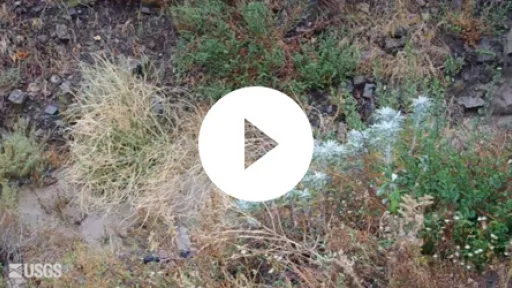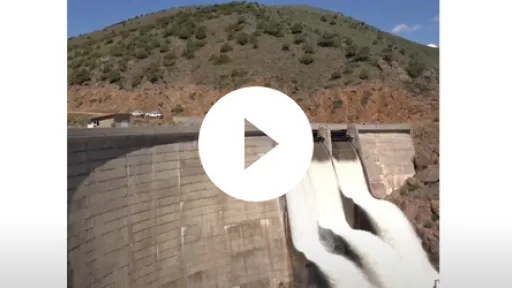Floods can occur due to unusual or changing hydrologic conditions.
Flooding can trigger significant events for dam owners and operators. The events may range from needing to pass large flows to overtopping and possible failure of the dam. Consequently, dam owners are tasked with monitoring weather patterns and runoff to effectively operate their facilities during hydrologic events. Unusual or changing conditions in the watershed, however, may result in larger than expected runoff events that can surprise owners and operators. These conditions may include rain on snow events, frozen or saturated ground, burned watersheds, and more. While this summary primarily addresses naturally-occurring conditions that could impact the severity and magnitude of flooding, human activity within a watershed (e.g. development, deforestation) can have a similar effect. In addition to tracking weather and runoff predictions, dam owners and operators should be aware of the conditions in their contributing watersheds and consider the effects those conditions may have on runoff to their dams and reservoirs.
Rain-on-Snow
Rainfall and snowmelt contribute to runoff simultaneously during a rain-on-snow event and distinguishing the two can be difficult. It is estimated that the contribution from snowmelt during this type of event can range from 4 to 75 percent.
One example of this occurred on February 5, 1996 when rain began to fall on the Willamette River Basin, a drainage area of approximately 11,600 square miles. Continuous precipitation and below freezing temperatures during the month of January had left the surrounding mountains with snow packs approaching 173 percent of normal. On February 3rd and 4th, an ice storm left ice on an already saturated valley floor. Then on February 5th, temperatures warmed to nearly 60°F (15.5°C) accompanied by rainfall with daily precipitation totals ranging from 1 to 8 inches (25 to 200mm) over the next four days. The resultant rain-on-snow event triggered flooding along the Willamette River and in the Portland Harbor. Flood stage at the Portland Harbor is 18 feet (5.5m). The peak stage at the Portland Harbor during the event was 28.6 feet (8.7m) with an estimated peak flow of 1,000,000 cubic feet per second (28,300m3/s). By the end of the flood, snow at mid-level elevations in the Willamette Valley had melted off completely and significant melting had occurred at higher elevations. Federal, state, and private agencies coordinated operation of their respective dams and the community took other emergency actions to limit the damage from the flooding. It’s estimated that the coordinated effort prevented flood damages of $1.1 billion in Portland, Oregon.
Frozen or Saturated Ground
Frozen ground may also increase runoff from rainfall events by preventing water infiltration into basin soils. Results of a study by the USGS at Sleepers River, Vermont indicate that rainfall events on frozen soils have a larger and somewhat quicker response compared to a no-frost condition. This is more prevalent when rain falls on bare frozen ground rather than forested areas. Additionally, saturated soils minimize infiltration during rainfall events and lead to increased runoff.
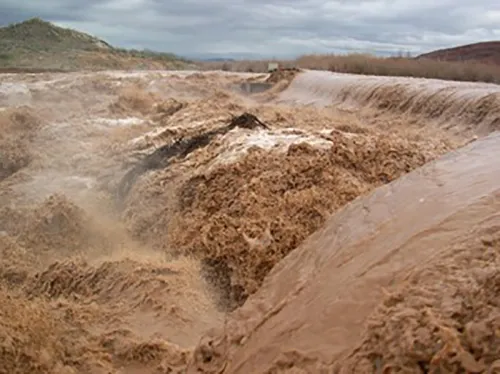
(Photo Source: Karl Rasmussen, utahweather.org)
The above conditions were observed as multiple large storms moved through southwestern Utah in late 2004 and early 2005. In October 2004, soil moisture in southwestern Utah was estimated at 30 percent saturation. In mid-October a storm system from the Pacific Ocean moved into the area delivering 1.5 to 9.4 inches (38 to 240mm) of rainfall to the Virgin River basin above the confluence of the Santa Clara River. The total volume of water delivered by the storm system was estimated at 493,000 acre-feet (608 million cubic meters). The resultant peak discharge on the Virgin River was approximated at 11,000 cubic feet per second (310m3/s), corresponding to a 5- to 10-year recurrence interval.
In January 2005, another large storm system from the Pacific moved into the area. Soil moisture at this time was estimated at 70 percent saturation, an increase due largely to the storm in mid-October. Between January 8 and 12, 0.7 to 7.7 inches (18 to 200mm) of rain fell. The volume of this storm was estimated at 264,000 acre-feet (326 million cubic meters), a little more than half of what fell in the earlier October storm. However, due to the saturated and possibly frozen ground, the peak flow on the Virgin River was 19,000 cubic feet per second (540m3/s), a 73 percent increase over the peak flow caused by the October storm event. While only minor damage was reported after the October event, the January storm and resultant flood destroyed 28 homes and caused an estimated $85 million in property damage. Another $140 million was reported in damage to local infrastructure. During this event, several reservoirs reached capacity and began discharging through spillways. In one instance a masonry dam was overtopped when outflows exceeded spillway capacity. Fortunately, the dam did not fail during the overtopping event.
Wildland Fires
In addition to rain-on-snow events and frozen or saturated ground, watersheds that have been burned by wildland fires also produce increased runoff. Fire can destroy all or portions of the organic surface cover of a watershed and alter the infiltration capacity of the underlying soil. In some cases, soils that have been subject to fire can become almost water repellant. These changes affect the hydrologic soil conditions of the watershed, and lead to increased runoff potential. There is an increased susceptibility to flash floods on burned watersheds, with higher peak flows and shortened times to peak. This increased runoff can create substantial floods in channels downstream from burned watersheds.
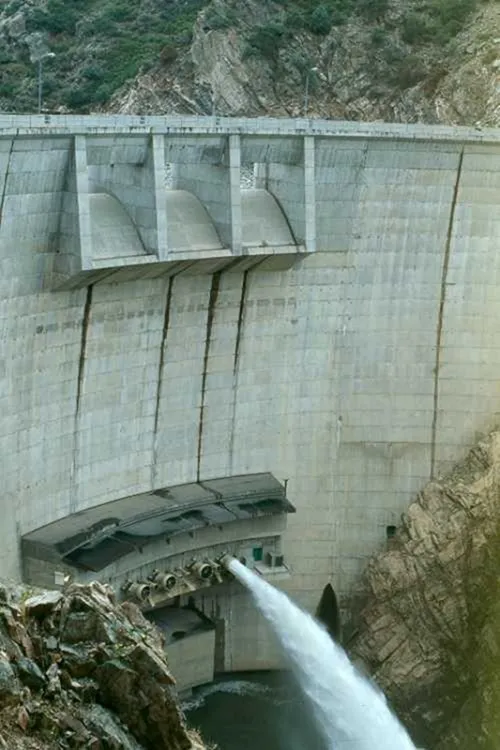
Buffalo Creek, Colorado is a small town located in the mountains southwest of Denver, adjacent to Buffalo Creek. In May 1996, an unattended campfire near Wellington Lake started what came to be known as the Buffalo Creek Fire. The fire led to the evacuations of two towns, Buffalo Creek and nearby Spring Creek. The fire burned an area two miles wide and 11 miles long (3.2km wide by 17.7km long). Because it had burned so hot, even ponderosa pines which can often survive low burning ground fires were killed by the fire. It was estimated that 63 percent of the burn area had experienced a high intensity, stand-replacing fire. Then, on July 12th of the same year, an intense thunderstorm dropped an estimated 2.5 inches (64mm) of rain in two hours. With approximately 25 percent of the Buffalo Creek and 75 percent of the Spring Creek watersheds burned, there was little left to protect the mountain slopes. Flood waters, laden with sediment and debris, rushed down Buffalo Creek and Spring Creek until they reached the South Platte River. It is reported that the river level experienced a rise of 10 feet (3m) from the flood. The town of Buffalo Creek suffered extensive damage and two residents were killed during the flooding. The flood deposited sediment and debris into Strontia Springs Reservoir reducing its storage capacity and created water quality and supply issues in other downstream reservoirs that provide municipal water to the Denver area. An estimated $35 million in damages were caused by the fire and subsequent flood.
Conclusion
Flooding events can cause serious concern and issues for dam owners and operators. To minimize their concern, many owners and operators monitor weather and runoff predictions. Unusual or changing circumstances in the watershed such as rain-on-snow events, frozen or saturated soils, or burn areas caused by wildland fires can exacerbate runoff and flooding potential. Consequently, dam owners should not only consider weather and runoff forecasts but should be aware of special or unusual conditions that exist in their watersheds and the possible effects that those conditions may have on runoff to their downstream dams and reservoirs.
References:
(1) Willingham, W.F. (2021) Willamette River Flood of 1996. Oregon Encyclopedia.
(2) Henriksen, C.A. (1997). 1996 Willamette and Columbia River Flood. Twenty years later – What we have learned since the Big Thompson Flood Proceedings. Natural Hazard Center Collection.
(3) McCabe, G.J., Clark, M.P., & Hay, L.E. (2007). Rain-on-snow Events in the Western United States.
(4) Li, et al. (2019). The Role of Rain-On-Snow in Flooding Over the Conterminous United States.
(5) Wilkowske, C.D., Kenney, T.A., & McKinney, T.S. (2006). Flooding and Streamflow in Utah During Water Year 2005. United States Geological Survey.
(6) Shanley, J.B. & Chalmers, A. (1999). The Effect of Frozen Soil on Snowmelt Runoff at Sleepers River, Vermont. United States Geological Survey.
(7) Niu, G.Y. & Yang, Z.L. (2006). Effects of Frozen Soil on Snowmelt Runoff and Soil Water Storage at a Continental Scale.
(8) Gould, et al. (2016). The Effects of Climate Change and Extreme Wildfire Events on Runoff Erosion over a Mountain Watershed.
(9) Neary, D.G., Gottfried, G.J., & Ffolliott, P.F. (2003). Post-Wildfire Watershed Flood Responses.
(10) Robichaud, P.R., Beyers, J.L., & Neary, D.G. (2000). Evaluating the Effectiveness of Postfire Rehabilitation Treatments.
(11) Moody, J.A. & Ebel, B.A. (2013). Infiltration and Runoff Generation Processes in Fire-Affected Soils.
(13) Dodd, B. (2013). Double Disaster at Buffalo Creek: The 1996 Fire and Flood.
This lesson learned was peer-reviewed by Gregory Richards, P.E., Gannett Fleming, Inc.
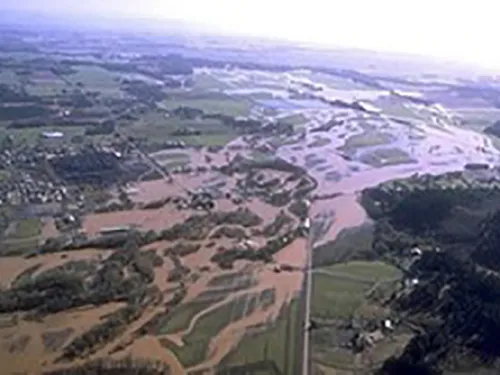
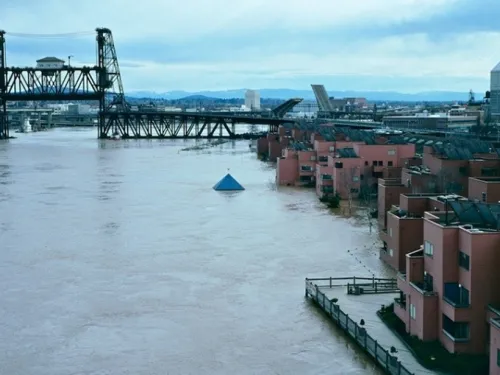
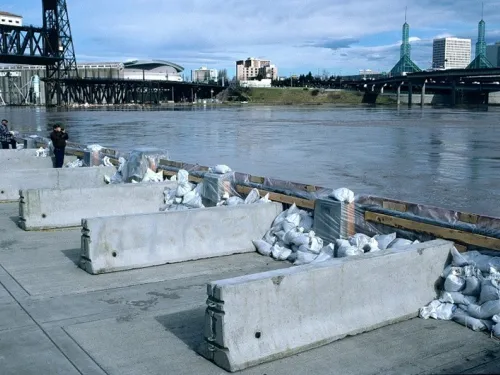
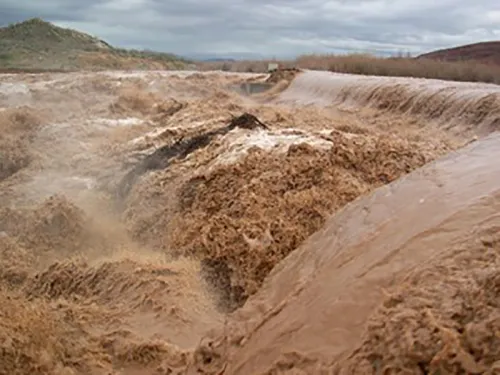



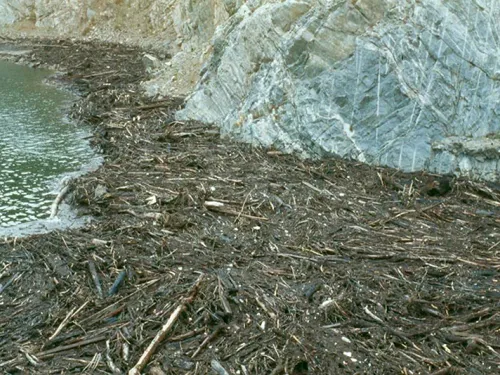


Canyon Lake Dam (South Dakota, 1972)
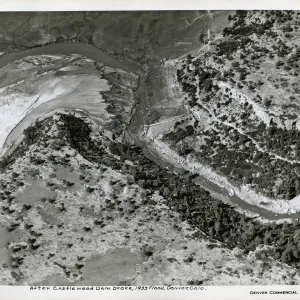
Castlewood Canyon Dam (Colorado, 1933)
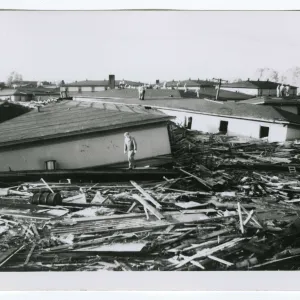
Columbia River Levees at Vanport (Oregon, 1948)
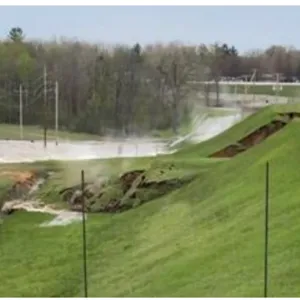
Edenville Dam (Michigan, 2020)

Front Range Flood (Colorado, 2013)

Hawkins Dam (Washington, 2014)
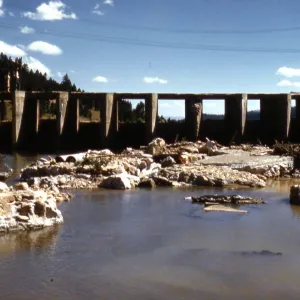
Hebgen Dam (Montana, 1959)

Lake Delhi Dam (Iowa, 2010)
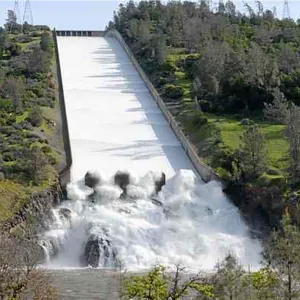
Oroville Dam (California, 2017)

Palagnedra Dam (Switzerland, 1978)
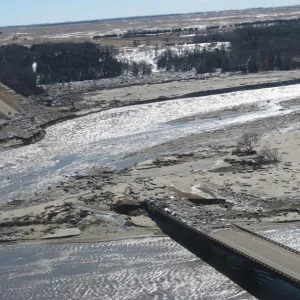
Spencer Dam (Nebraska, 2019)
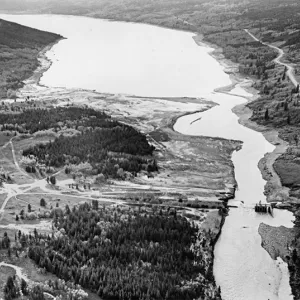
Swift and Two Medicine Dams (Montana, 1964)

Testalinden Dam (British Columbia, 2010)
Additional Case Studies (Not Yet Developed)
- Willamette Valley Flood (Oregon, 1996)
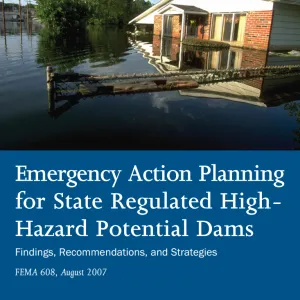
Emergency Action Planning for State Regulated High-Hazard Potential Dams: Findings, Recommendations, and Strategies

Federal Guidelines for Dam Safety: Emergency Action Planning for Dams
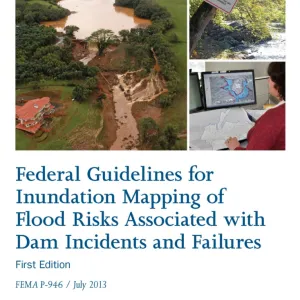
Federal Guidelines for Inundation Mapping of Flood Risks Associated with Dam Incidents and Failures

Selecting and Accommodating Inflow Design Floods for Dams
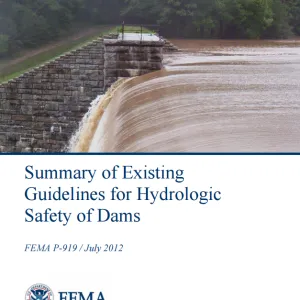
Summary of Existing Guidelines for Hydrologic Safety of Dams
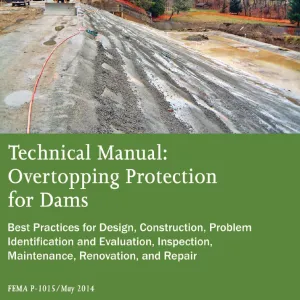
Technical Manual: Overtopping Protection for Dams
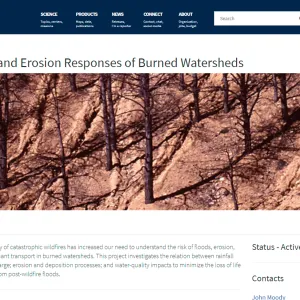
Hydrologic and Erosion Responses of Burned Watersheds




